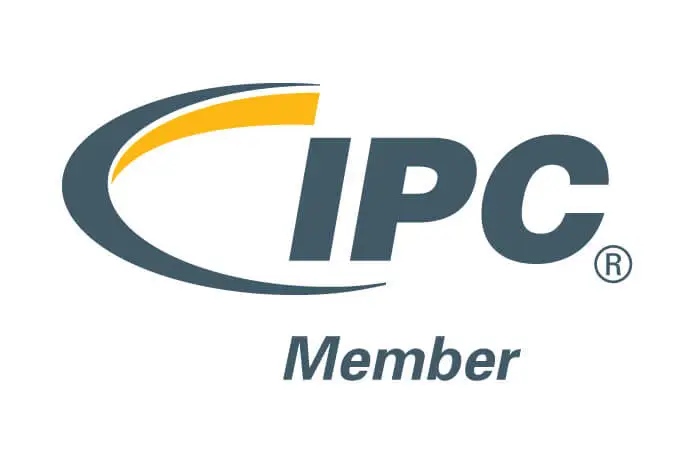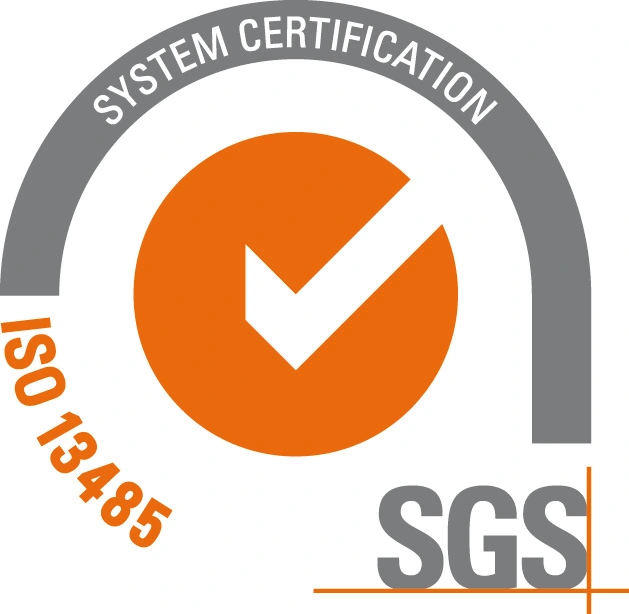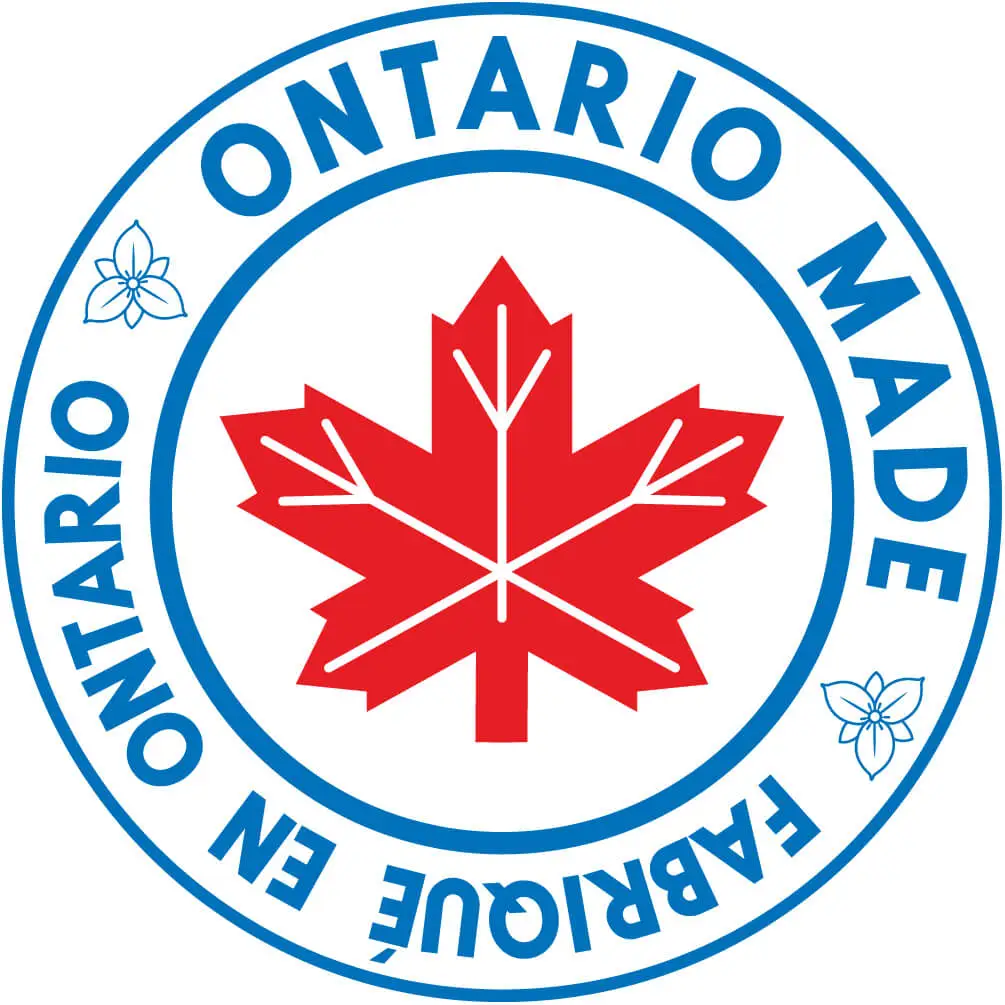TURN-KEY PCB ASSEMBLY: BITTELE ELECTRONICS
PCB MANUFACTURING AND ASSEMBLY
Full Turn-Key PCB Manufacturer
You can quickly get quotes and order PCB fabrication and assembly using our online system. Take advantage of exclusive automatic discounts with our tool. Our BOM pricing tool ensures you receive the lowest price for your order.
START A TURN-KEY PCB ORDER
Why Are Components Poorly Soldered on PCBs? Key Causes You Must Know
In the electronics manufacturing industry, the soldering quality of components on a printed circuit board (PCB) is directly affects to a performance and reliability of the final product. However, it's not uncommon to encounter issues of poor solder joints, which not only affect the product's functionality but may also lead to premature failures and increased production costs.
So, what causes components to be poorly soldered on a PCB?
I. Soldering Process Issues
- Improper Soldering Temperature
As outlined in Fundamentals of Electronic Processes, soldering temperature is a critical factor in solder joint quality.
If the temperature is too low the solder may not fully melt, preventing proper metallurgical bonding between the PCB pad and component lead resulting in weak or cold solder joints.
If the temperature is too high although the solder melts completely, excessive heat can damage pads due to thermal stress causing copper peel-off or component leads plating degradation. High temperatures may also lead to excessive solder flow, resulting in solder bridging or component damage. - Incorrect Soldering Time
Soldering time is equally important in soldering process.
If the soldering time is too short, the solder may not sufficiently wet the solder pad and component leads, resulting in weak joints. As mentioned in "Modern Electronic Manufacturing Technology", in some fast-soldering processes, if the operator does not give the solder enough time to soak in order to pursue speed, it will lead to the problem of loose soldering.
If the soldering time is too long, excessive heating can cause oxidation on solder pads and component leads, increase the surface tension and reducing solder wetting, and may damage the insulating material near the solder pad, leading to shorts or delamination.
II. Solder Quality Issues
- Non-Compliant Solder Composition
According to Electronic Materials and Components, solder composition significantly affects joint quality. High impurity levels or incorrect alloy ratios of tin, lead, copper, or iron can reduce melting point consistency, reduce wetting ability, introduce voids or inclusions in joints. All these factors contributing to weak or make brittle the solder joints. - Expired or Degraded Solder
Solder has certain shelf life. If stored too long or exposed to moisture or oxidation will degrades performance. For example, flux-core solder wire with degraded flux can result in poor wetting, oxidized flow, and incomplete bonding.
III. PCB Boards and Component Issues
- Improper Surface Finish Treatment
PCB finish plays a critical role in solderability. As described in PCB Design and Fabrication, common surface finishes methods include hot air-solder leveling (HASL), organic solderability preservative (OSP), electroless nickel/immersion gold (ENIG) and more. Poorly applied finishes, such as uneven thickness of HASL, expired or too thin OSP, or non-compliant ENIG (nickel/gold thickness) will lead to poor wetting, oxidation, and poor solder adhesion. - Oxidized or Contaminated Component Leads
Component leads with oxidation, dust, oil, or other contaminants prevents proper solder bonding. Long-stored components are particularly prone to lead oxidation, which if not cleaned or pre-treated, will result in poor solder joint.
IV. Operator Skill (Human Error) Issues
- Improper Technique
The skill level and operation standardization of the technicians have a direct impact on the soldering quality. As discussed in Electronic Assembly Techniques and Training, technicians with insufficient training leads to use incorrect soldering angles, apply uneven pressure, or follow improper soldering sequences, all of which can compromise solder joint quality. - Lack of Quality Awareness
Some technicians may prioritize speed over quality, they may ignore visual inspections or failing to rework for non-compliance solder joints, allowing poor connections to go unnoticed into final assemblies compromising product reliability.
Recommended Solutions
To address poor solder joint effectively, consider the following strategies.
- Optimize Soldering Parameters
Set appropriate temperature and process time based on soldering method (reflow, wave or manual soldering) and component type. Use thermometers and timers for process control and consistency. - Use Qualified Solder Materials
Source solder from reputable manufacturers. Verify shelf life, composition, and perform incoming quality checks. Inspect solder for contamination or oxidation before use. If necessary, replace any solder showing any signs of poor quality. - Inspect PCBs and Components Thoroughly
Ensure clean, defect-free PCB surface finishes and check component leads for oxidation or contamination. Replace or rework defective materials as needed. - Enhance Operator Training and Quality Control
Conduct regular training on proper soldering best practices and IPC standards.
Emphasize quality awareness and responsibility. Implement strict inspection protocols to catch and correct defects in early stage.
Conclusion
Poor solder joints on PCBs is a multifaceted issue from a combination of process, material, equipment, and human factors. By thoroughly understanding the causes and implementing targeted improvements, manufacturers can significantly enhance solder joint quality, boost product reliability, and reduce rework and failure rates in the field.
Explore our enhanced capabilities and discover how Bittele can help streamline your next design. Email us at sales@7pcb.com or give us a call to 1-416-800-7540.
Related Articles:
Please briefly describe the information you are seeking in the search bar below.






 English
English